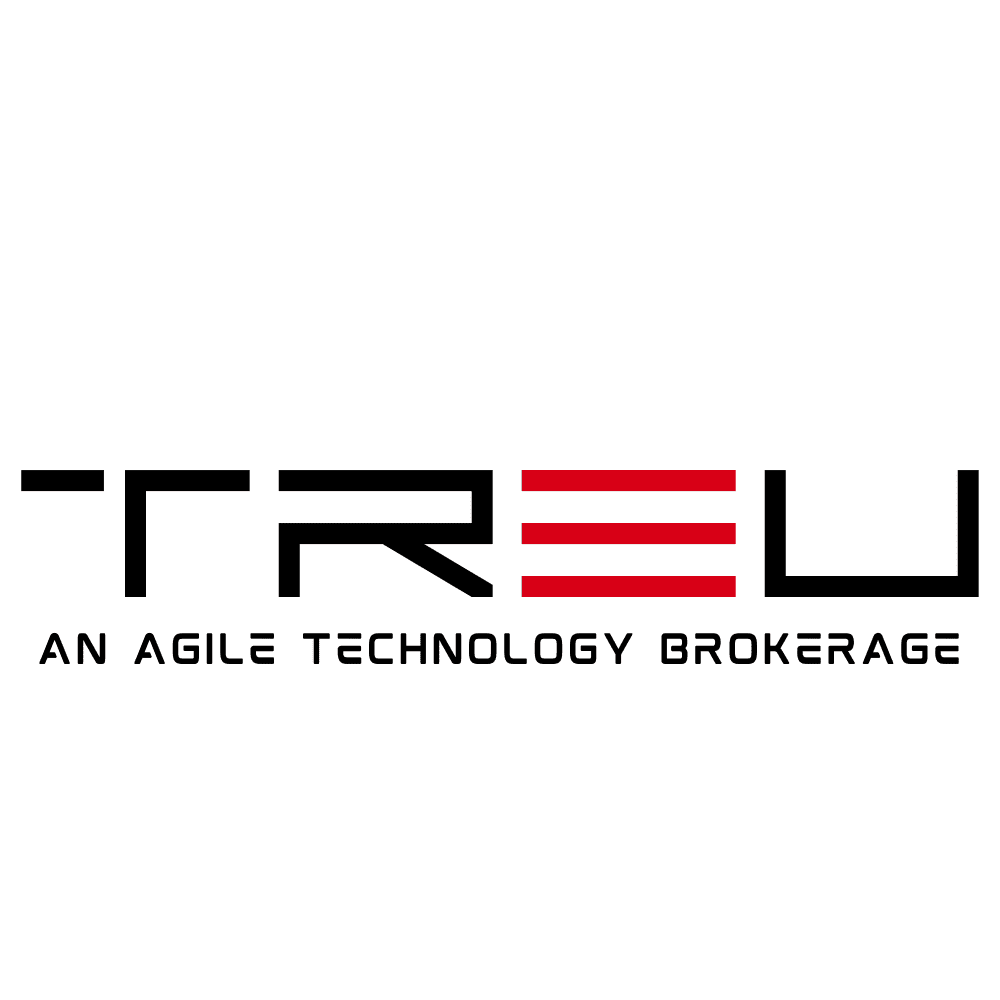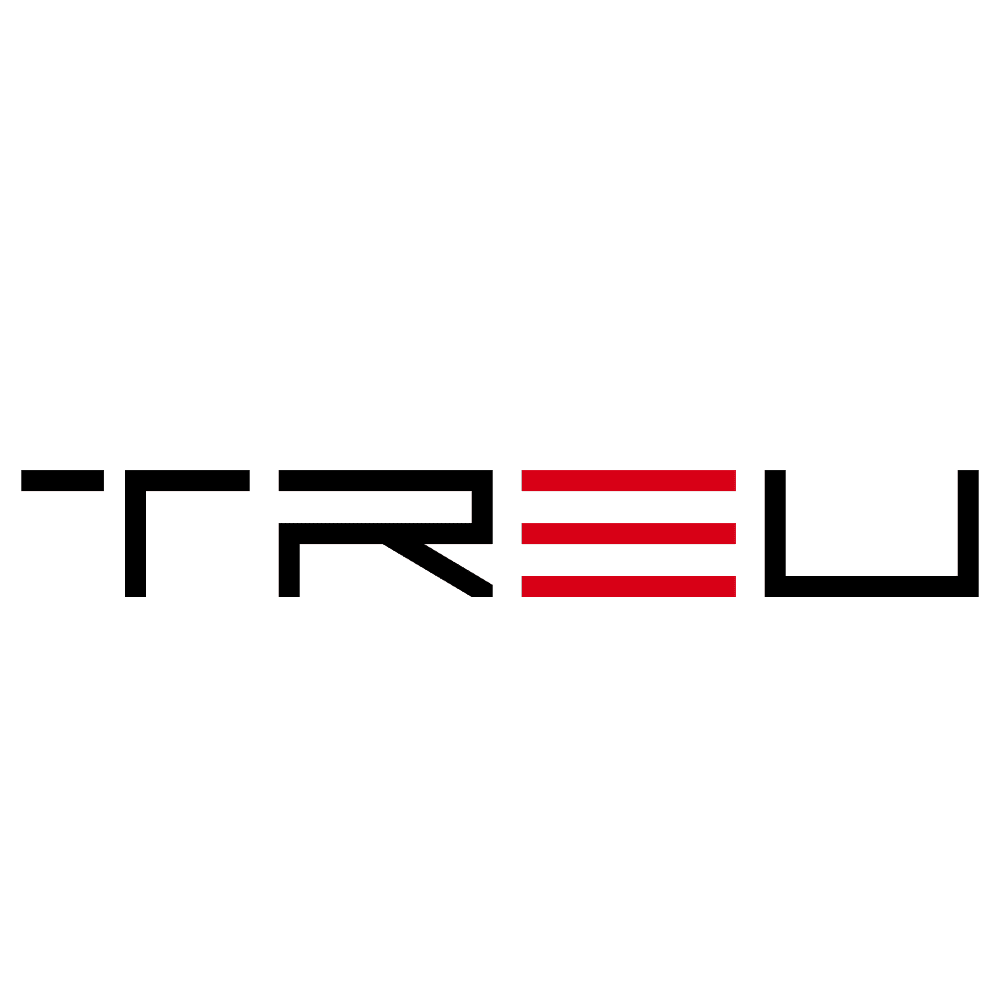“`html
Cisco CIO Transforms IT Workforce Strategy for AI-Driven Future
As the world accelerates into an era dominated by rapid technological innovations, companies like Cisco Systems are taking bold steps to redefine their organizational strategies. With over 10,000 IT employees worldwide, Cisco’s Chief Information Officer (CIO) is spearheading a transformative approach for an AI-powered future. The company is not merely adopting artificial intelligence but is preparing its workforce to thrive in this paradigm shift. This thoughtful, strategic transformation aims to unlock innovation, optimize workflows, and future-proof its IT talent.
Rethinking Work in an Age of AI: Cisco’s Vision
In recent years, artificial intelligence has evolved from being a buzzword into a game-changing force poised to reshape industries, including IT. Understanding the disruptive potential of AI, Cisco’s CIO is addressing the critical questions of workforce readiness and workplace transformation. The focus isn’t just on leveraging advanced technologies; it’s on ensuring that Cisco’s IT employees are empowered to work alongside AI tools and systems effectively. This forward-thinking strategy highlights several key objectives:
- Upskilling the workforce to bridge the AI knowledge gap and foster technical competency.
- Emphasizing human-machine collaboration to support creativity, problem-solving, and innovation.
- Redesigning work processes and roles to enhance productivity through automation and AI-driven insights.
Cisco is well aware that adopting AI is not just about deploying new tools—it’s about cultivating people and processes to enable seamless integration. For enterprises that operate on a global scale, like Cisco, this transformation isn’t just advantageous; it’s essential for staying ahead in a competitive landscape.
Prioritizing Workforce Upskilling for AI Integration
AI has the potential to replace mundane and repetitive tasks, but that doesn’t mean it will replace talent. Instead, Cisco’s approach demonstrates a commitment to upskill and empower its IT workforce. The CIO’s strategy prioritizes training programs that provide employees with a comprehensive understanding of how to work effectively with AI systems. This includes:
- Structured learning programs: Courses that educate employees on AI basics, machine learning, and advanced analytics.
- Hands-on workshops: Interactive training sessions for employees to experiment and innovate with AI-driven tools.
- Collaborations with tech leaders: Partnering with AI experts and institutions to offer personalized learning opportunities.
By proactively investing in skills development, Cisco ensures its workforce has the expertise to implement, optimize, and manage AI initiatives. It’s this focus on continual learning that positions the company at the forefront of AI transformation.
Reskilling for Future-Ready Roles
The nature of IT roles is evolving as AI continues to automate repetitive tasks. Cisco’s CIO recognizes the need to align job functions with the company’s evolving technology landscape. This includes emphasizing skills like data analysis, AI model training, and system integration. To address this, the company is taking initiatives such as:
- Encouraging employees to transition into emerging roles in AI and machine learning.
- Developing new career pathways focused on advanced analytics, data engineering, and AI ethics.
- Investing in employee mentorship to guide workers in adapting to shifting demands.
Reskilling isn’t just a strategy—it’s an investment in sustaining the organization’s competitive edge while retaining top talent.
Fostering Human-Machine Collaboration
One of the intrinsic differences in Cisco’s IT strategy is its emphasis on human-machine collaboration. Instead of seeing AI as purely a substitute for manual tasks, Cisco’s CIO envisions a future where employees and AI systems work in harmony. AI is increasingly being leveraged to augment human capabilities, rather than replace them.
How Collaboration Drives Efficiency
Consider IT workflows. Tasks such as troubleshooting technical issues, processing tickets, or maintaining infrastructure can be made significantly faster through automation. It frees up employees to focus on complex problem-solving and innovation, which require human ingenuity and creativity. Examples of such collaboration include:
- AI chatbots: Assisting with first-level IT support to reduce response time.
- Predictive analytics: Using AI to forecast network issues and proactively remedy them.
- AI-powered development tools: Streamlining software development processes to speed up delivery.
By enabling employees to work smarter, Cisco ensures that resources are focused where they’re most valuable: on innovation, customer satisfaction, and driving the company forward.
Designing AI-Friendly Work Environments
Beyond the tools themselves, Cisco’s CIO is redefining workplace culture to ensure an AI-friendly environment. The company understands that transformation takes more than adopting AI; it demands a reimagining of how teams operate, communicate, and collaborate. Cisco is leading the charge through several critical initiatives:
Creating Flexible Organizational Structures
Traditional hierarchies are giving way to more dynamic and flexible work arrangements. The company is fostering agile teams that can adapt to change quickly. With AI playing a core role, many roles are becoming project-based, allowing employees to focus on specific tasks that need human expertise, such as strategy development or creative problem-solving.
Encouraging a Culture of Innovation
At its core, AI adoption is an innovation enabler. Cisco’s CIO is advocating for further integration of experimentation and innovation into workplace culture. By cultivating an openness to explore new tools and processes, the company is successfully removing barriers to technology adoption among its employees.
Promoting Ethical AI Use
With great technological advancements come critical ethical responsibilities. Cisco is prioritizing the responsible use of AI through guidelines that ensure fairness, transparency, and trustworthiness. Employees are trained not just to use AI but also to understand its implications, from privacy concerns to algorithmic biases. This ethical foundation will serve as a competitive advantage for Cisco in building trust with its stakeholders.
Cisco’s CIO: Envisioning the IT Workforce of Tomorrow
By rethinking work for an AI-powered world, Cisco Systems is setting new benchmarks for IT workforce transformation. Its CIO has deployed a comprehensive framework that focuses on upskilling, promoting human-machine collaboration, and cultivating a workplace culture ready to embrace the potential of AI. These strategies not only empower employees but also create a significant business advantage by driving efficiency, innovation, and resilience.
As industries continue to adopt disruptive technologies, Cisco’s initiatives offer a valuable lesson: the future of work is not just about adopting AI—it’s about integrating it seamlessly alongside human capabilities. By focusing on its people, processes, and tools, Cisco has positioned itself as a future-ready organization capable of capitalizing on opportunities in an increasingly AI-driven world.
The IT industry is moving fast, but Cisco is moving faster—and it’s taking 10,000 employees along on a transformative, AI-inspired journey toward a smarter, more efficient, and innovative future.
“`

